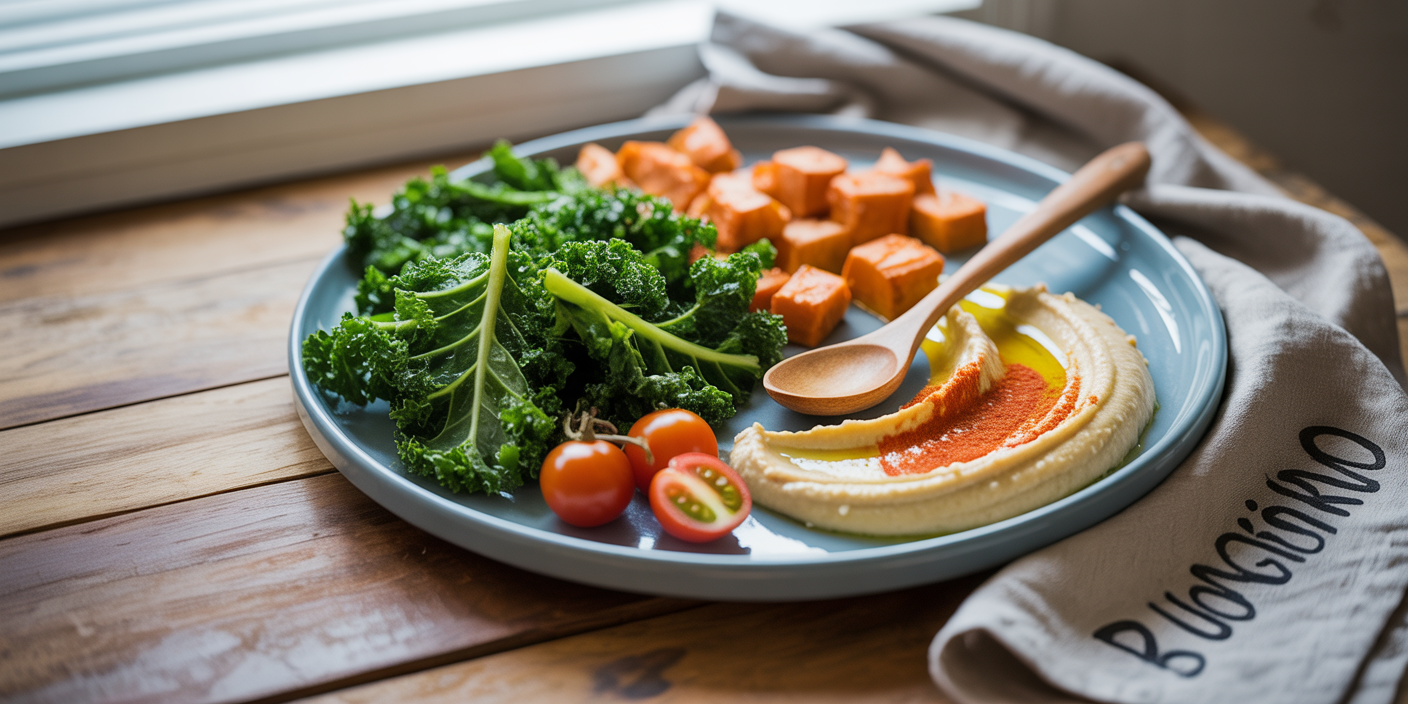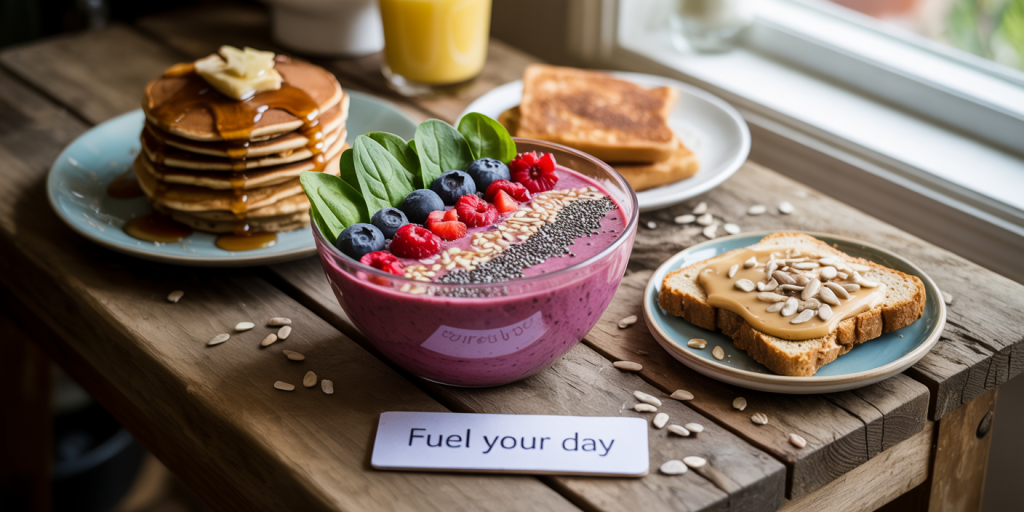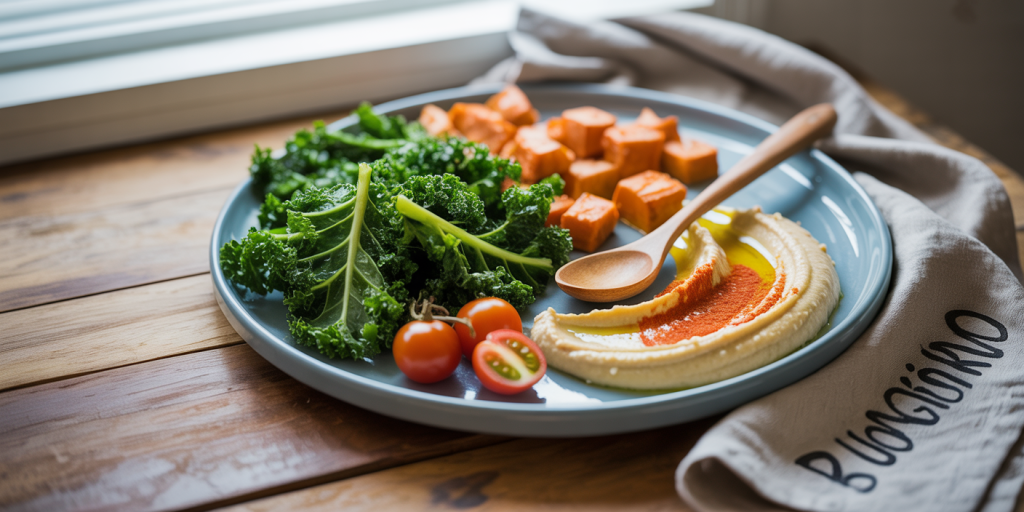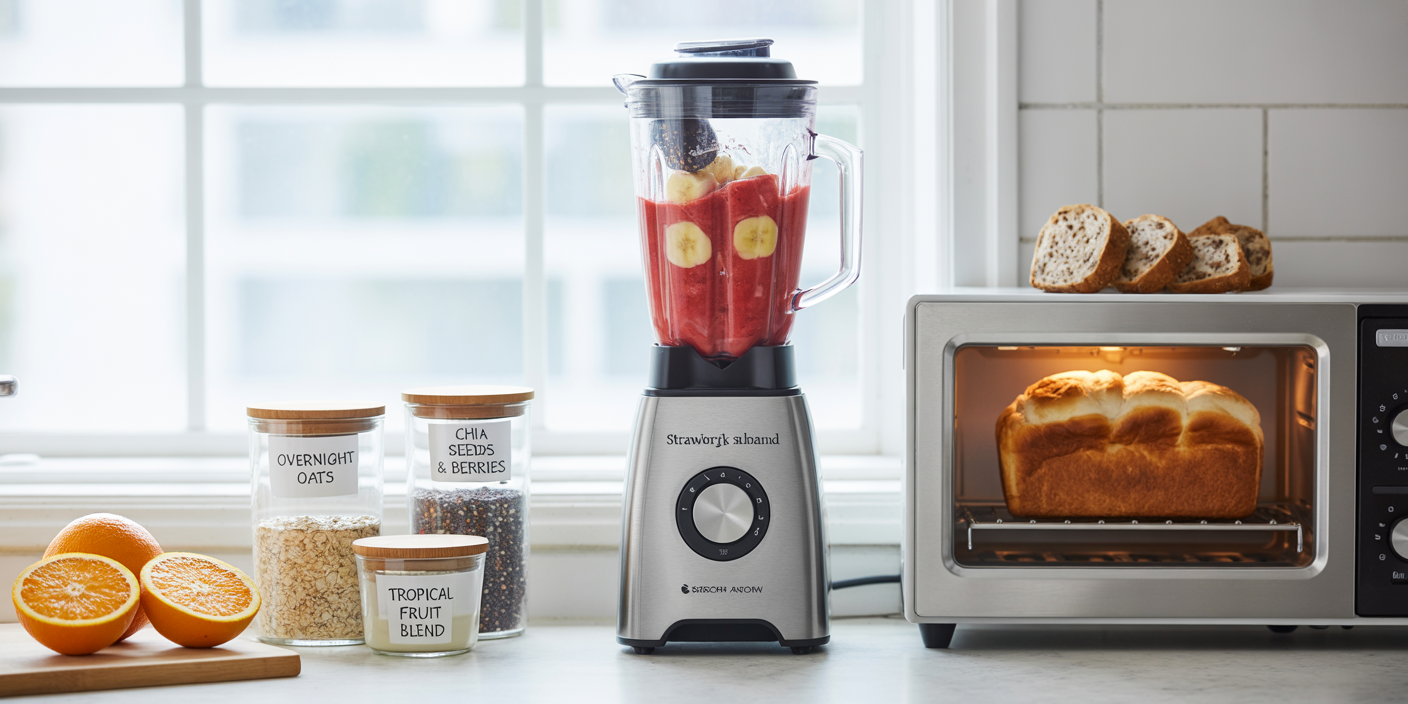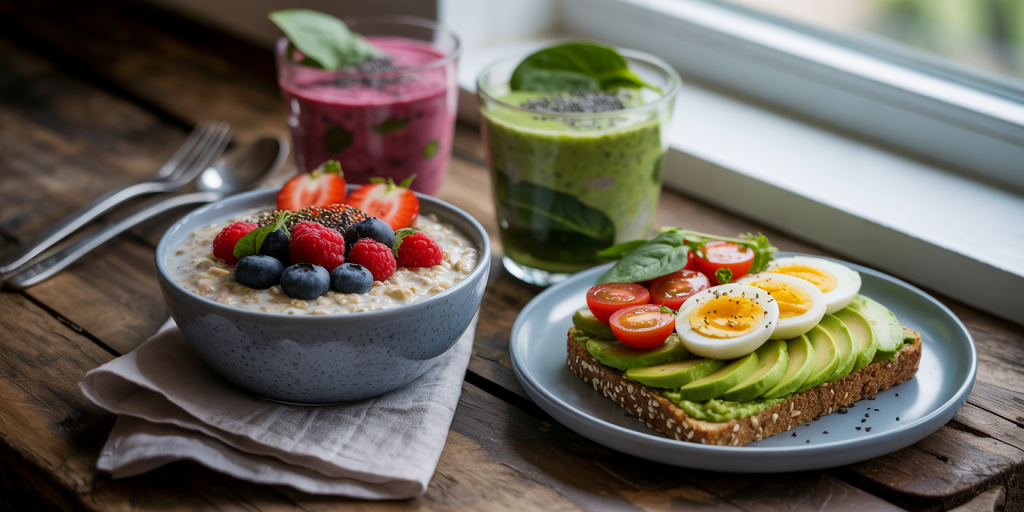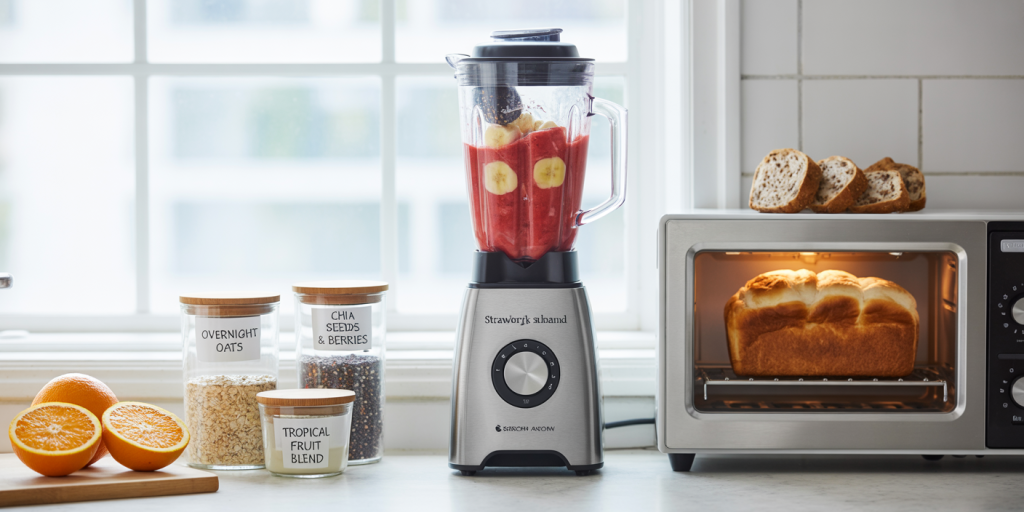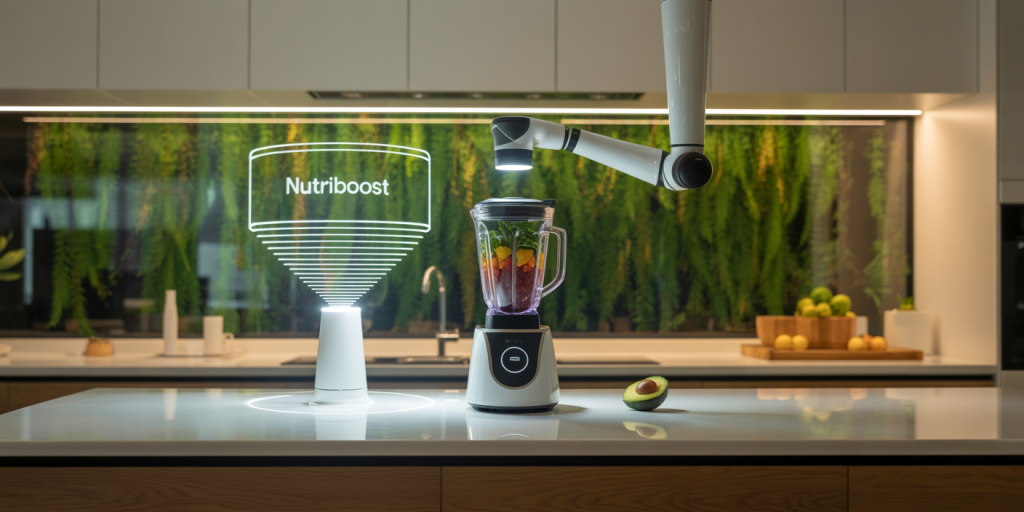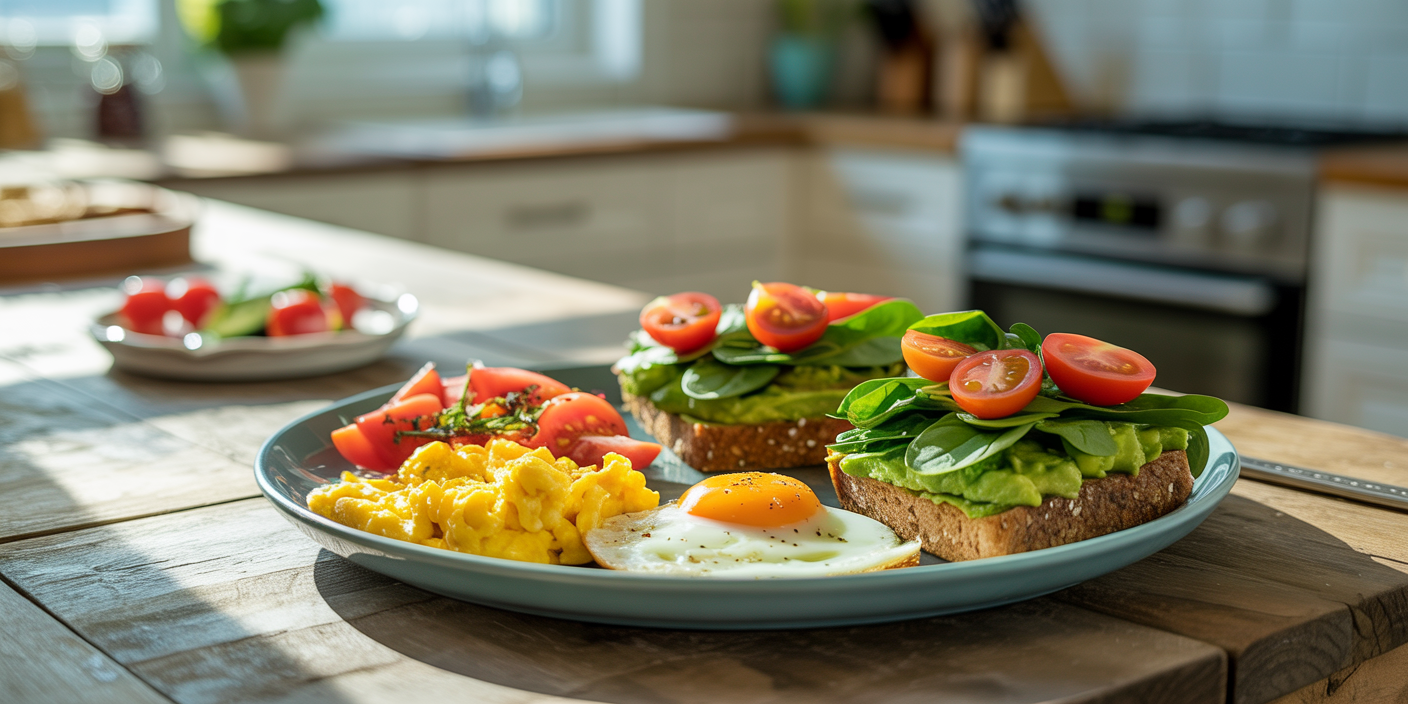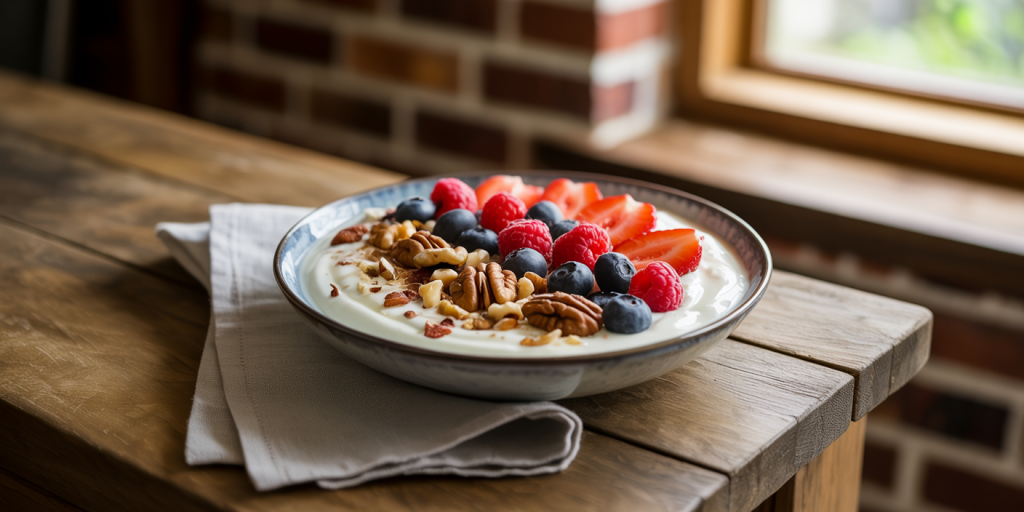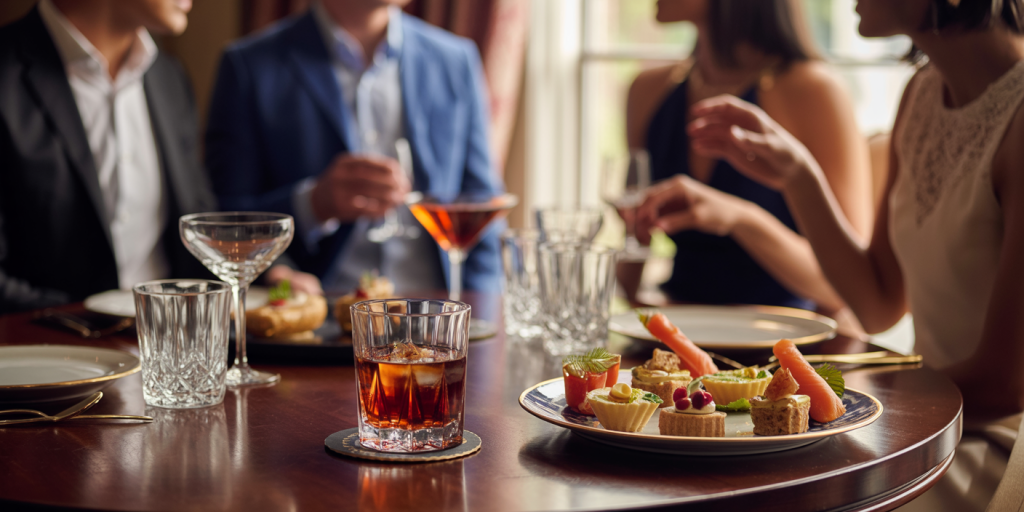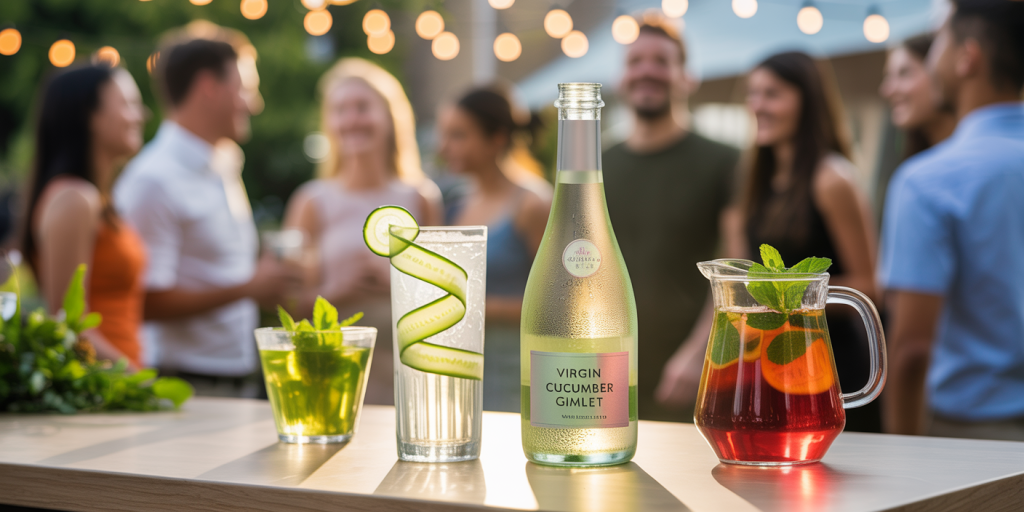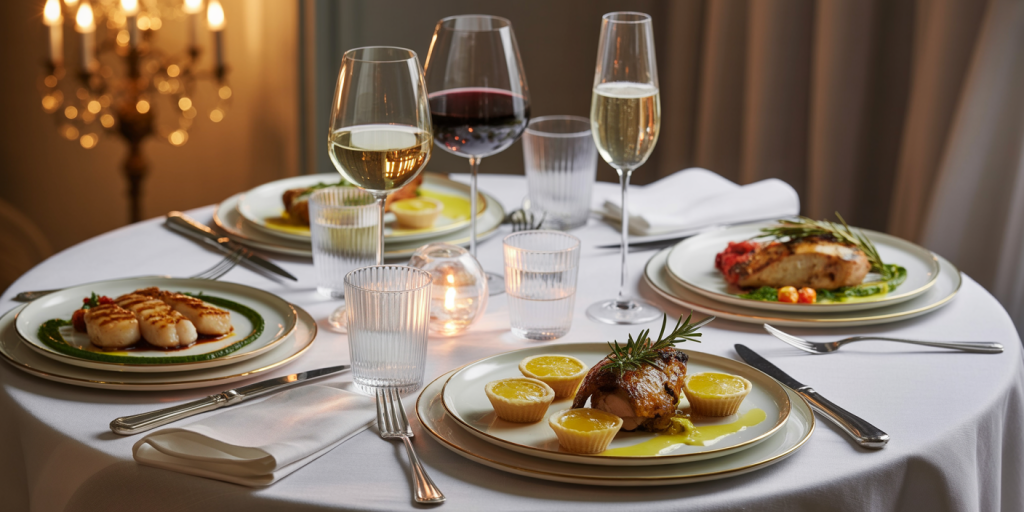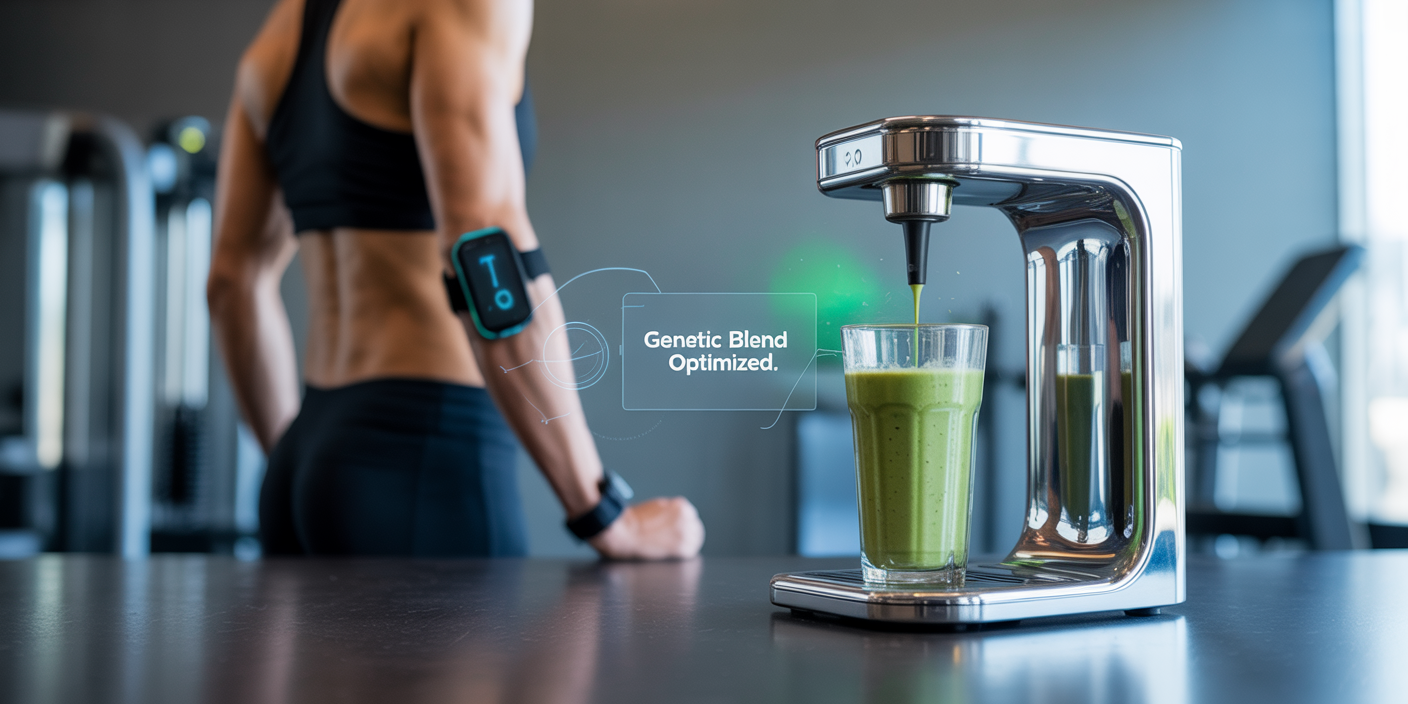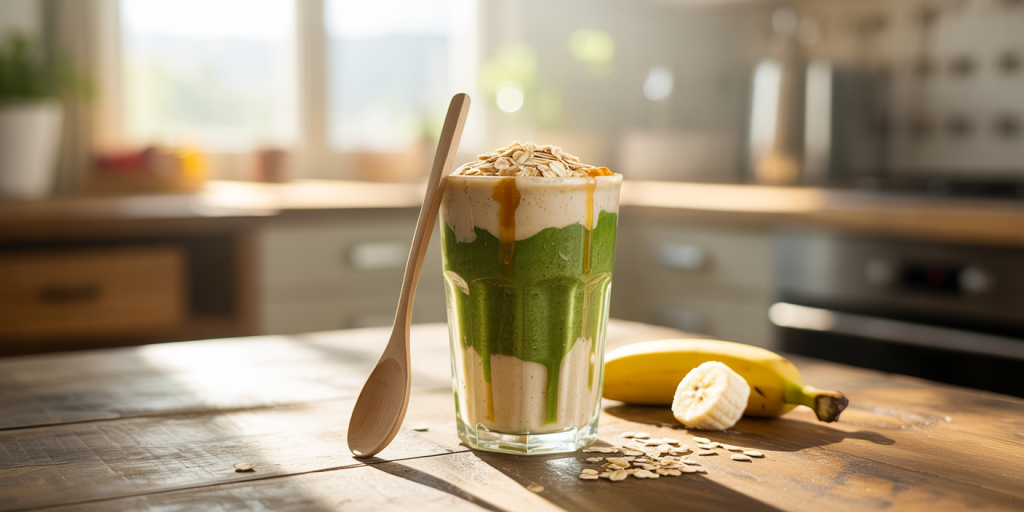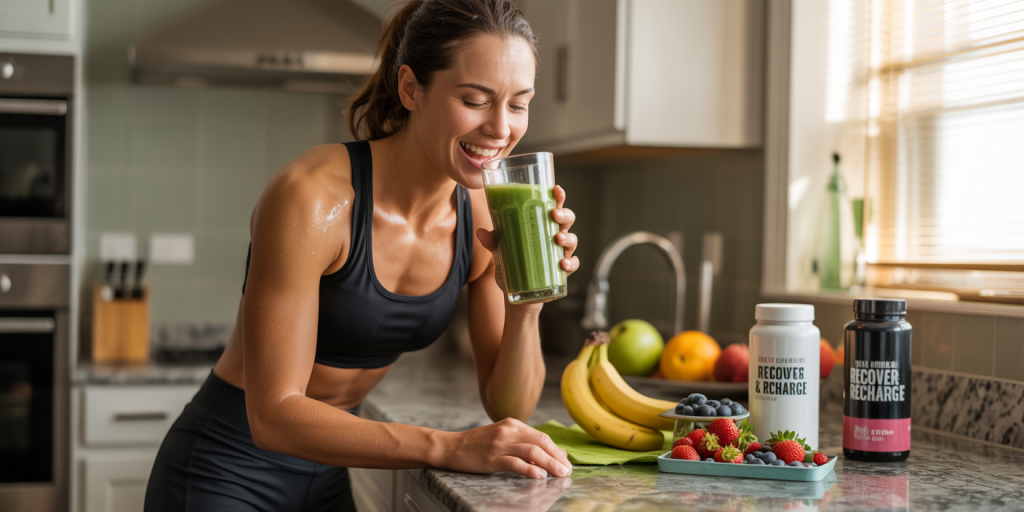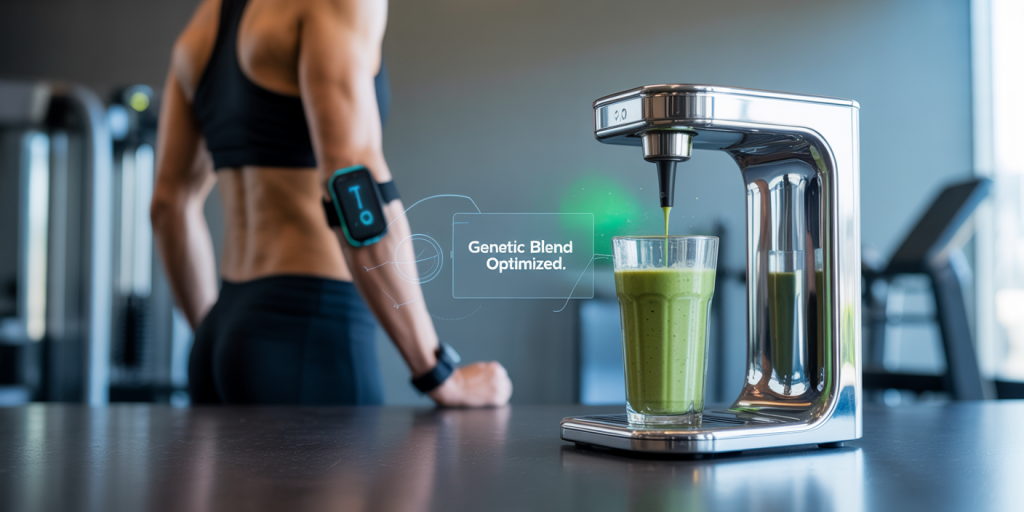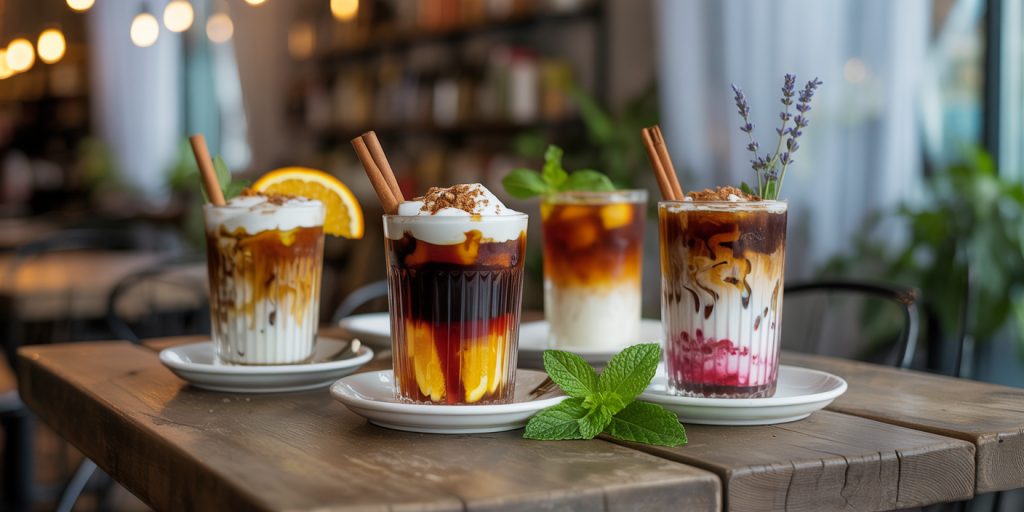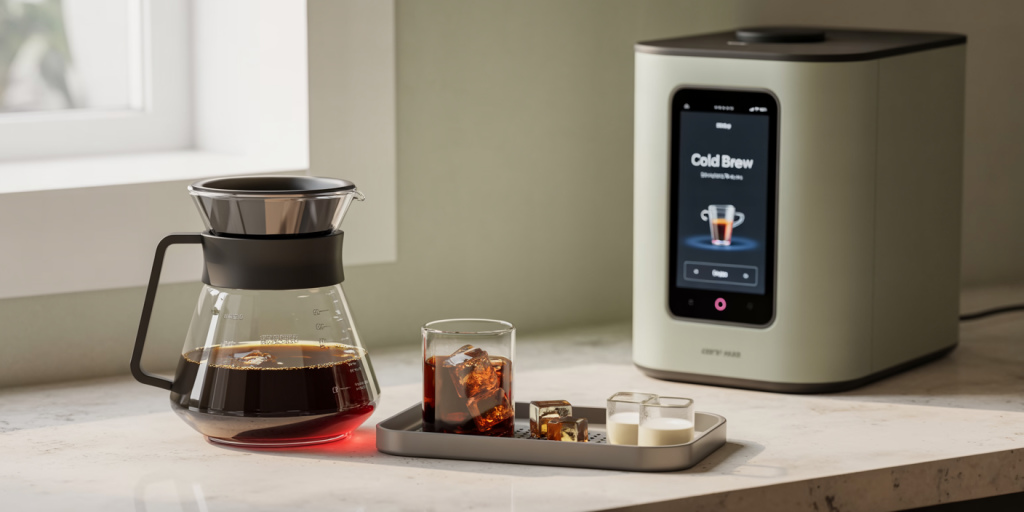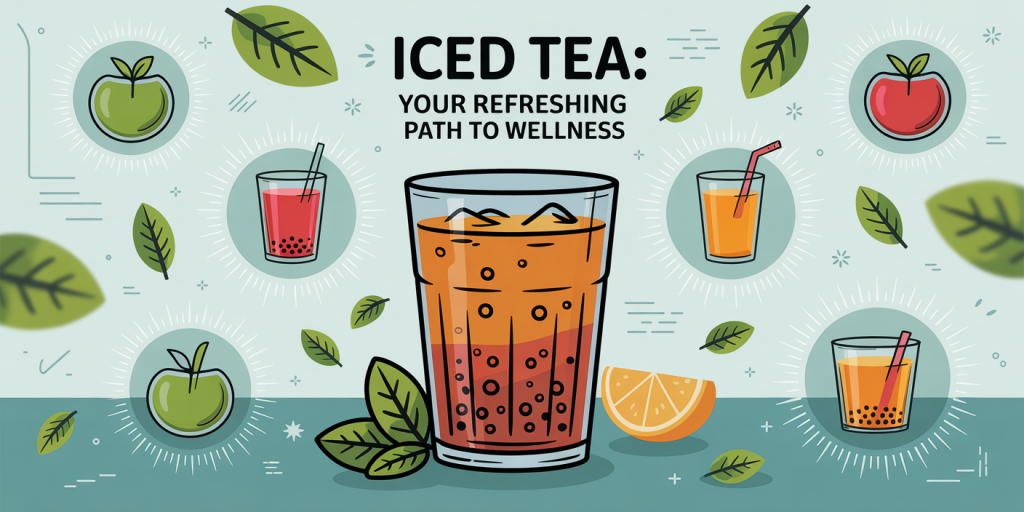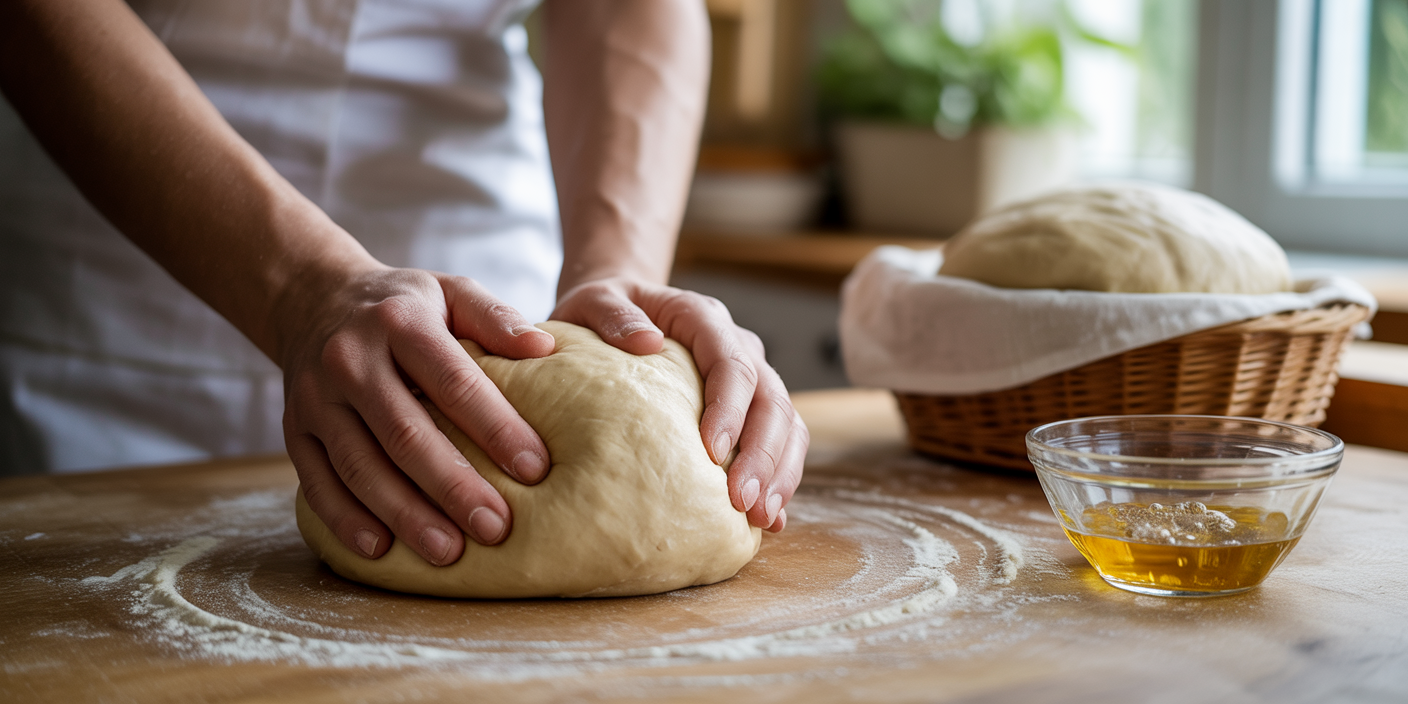Starting the day with a nutritious breakfast is essential for maintaining energy, improving concentration, and supporting overall health. However, busy mornings often leave little time to prepare wholesome meals. According to a 2021 survey by the International Food Information Council (IFIC), 48% of Americans skip breakfast at least occasionally due to lack of time. This growing trend highlights a pressing need for convenient breakfast solutions that do not compromise on nutrition. Breakfast meal prep for the week using easy make-ahead recipes offers a practical approach to overcoming this challenge. By dedicating a small amount of time once or twice a week, individuals can ensure they have access to quick, healthy breakfasts every day.
Meal prepping breakfasts combines planning, efficiency, and nutrition to streamline mornings. It allows people to control portion sizes, incorporate a variety of food groups, and reduce reliance on processed or high-sugar morning options often consumed on-the-go. Contemporary food trends also emphasize plant-forward diets and whole foods, which meal prepping can accommodate through diverse recipe selections. This article explores the essentials of breakfast meal prep, highlights easy make-ahead ideas, provides safety and storage tips, and considers future trends that will further shape the concept.
The Benefits of Breakfast Meal Prep
Meal prepping breakfast goes beyond convenience; it is a strategic approach toward better health and financial savings. A study published in the Journal of Nutrition Education and Behavior (2022) found that individuals who regularly meal prep had improved dietary quality, including increased fruit and vegetable intake and reduced consumption of foods high in added sugars. Preparing meals ahead ensures that healthy options are on hand, reducing the temptation to grab calorie-dense fast foods or sugary cereals during rushed mornings.
Financially, the strategy can also mitigate impulsive spending on expensive takeout or pre-packaged breakfast bars. Bulk ingredient purchases for meal prepping often cost less per serving and reduce food waste. For example, preparing a week’s supply of overnight oats consumes affordable staples like rolled oats, yogurt, and seasonal fruits, compared with daily Starbucks lattes and pastry runs that can easily exceed $5-$8 per day. Moreover, meal prep cultivates discipline and mindfulness about eating patterns, leading to better long-term habits.
From a psychological perspective, having a ready meal removes the stress associated with morning decisions. A 2020 study in Appetite revealed that decision fatigue can influence food choices negatively throughout the day, and simplifying breakfast choices reduces this burden. Hence, easy make-ahead breakfasts empower individuals to maintain consistency without sacrificing taste or nutrition.
Essential Components for Successful Breakfast Meal Prep
Creating effective breakfast meal prep involves understanding the essential components of a balanced morning meal. The ideal breakfast should provide a mix of macronutrients—carbohydrates, protein, and fats—as well as vitamins and minerals to sustain energy and cognitive function. Carbohydrates fuel the brain and muscles, protein supports satiety and muscle repair, and fats aid in vitamin absorption and hormone regulation. Micronutrients such as iron, calcium, and B vitamins also play critical roles in metabolism and mood regulation.
When meal prepping, focus on ingredients that hold up well during storage and reheating without quality loss. Grains like oats, quinoa, and whole wheat, combined with produce like berries, spinach, or bell peppers, are excellent foundations. Protein sources may include eggs, Greek yogurt, cottage cheese, tofu, or lean meats. Healthy fats such as avocado, nuts, seeds, and olive oil complement the meals.
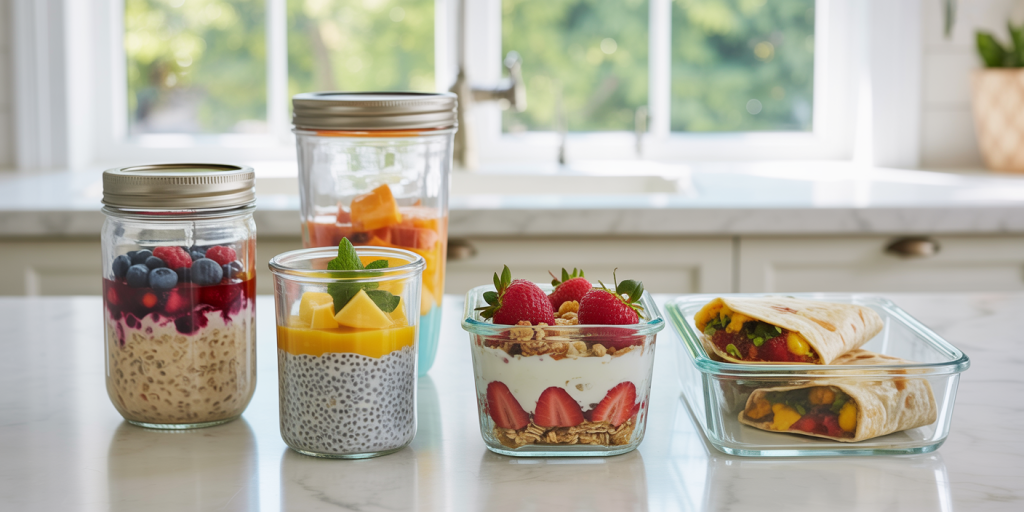
Incorporating fiber-rich foods enhances digestive health and prolongs fullness. For example, chia seeds or flaxseeds can be combined with overnight oats, while whole grain wraps paired with egg and veggies make versatile breakfast burritos.
The table below compares common breakfast ingredients’ nutritional profiles to optimize meal prep choices:
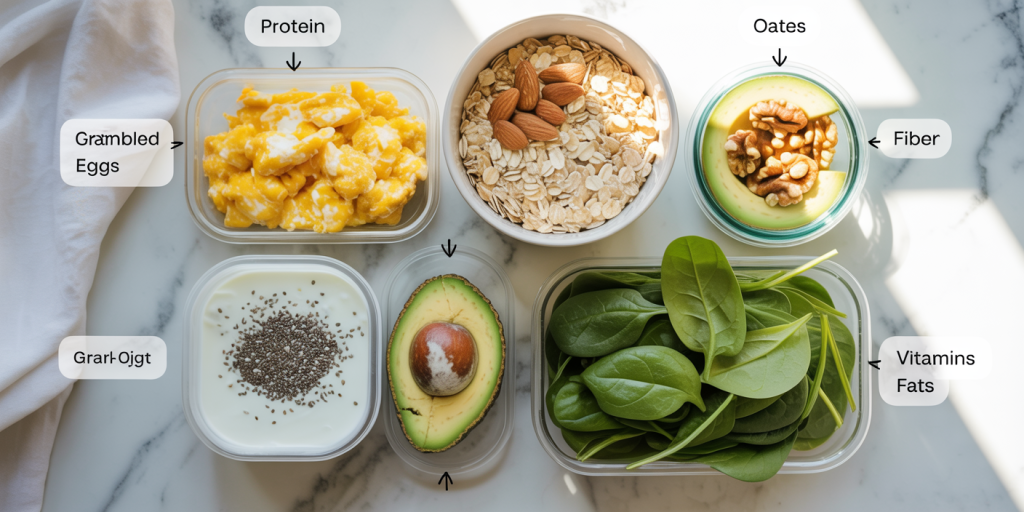
| Ingredient | Protein (per 100g) | Fiber (g) | Calories | Best Used In |
|---|---|---|---|---|
| Rolled oats | 13g | 10g | 389 | Overnight oats, porridge |
| Eggs | 13g | 0g | 155 | Frittatas, breakfast burritos |
| Greek yogurt (plain) | 10g | 0g | 59 | Parfaits, smoothies |
| Chia seeds | 17g | 34g | 486 | Overnight oats, puddings |
| Spinach (raw) | 2.9g | 2.2g | 23 | Omelets, wraps |
| Avocado | 2g | 7g | 160 | Toast, bowls |
This reference aids in tailoring recipes for desired taste profiles and nutritional goals.
Five Easy Make-Ahead Breakfast Recipes
1. Overnight Oats with Mixed Berries and Chia Seeds
Perhaps the most popular breakfast meal prep item, overnight oats combine rolled oats, milk or yogurt, and toppings in a jar and are refrigerated overnight. This meal requires minimal effort but yields high fiber and protein content.
To prepare, mix ½ cup rolled oats, ½ cup unsweetened almond milk, 2 tablespoons chia seeds, and ½ cup mixed berries in a mason jar. Refrigerate overnight and enjoy in the morning. Variations include adding nut butter for extra protein and healthy fats or cinnamon for flavor.
Overnight oats have a long shelf life, tolerating up to five days refrigerated without significant texture change, making them ideal for weekly prep cycles.
2. Egg Muffins with Spinach and Feta Cheese
Egg muffins are a portable, protein-rich option that reheats well. Beat six eggs with chopped spinach, crumbled feta, and diced tomatoes. Pour into a greased muffin tin and bake at 350°F for 20 minutes. Store in an airtight container and warm quickly in the microwave or enjoy cold.
Egg muffins offer flexibility with different vegetables or cheeses, enabling customization to taste preferences and dietary restrictions.
3. Greek Yogurt Parfaits with Granola and Honey
Layering Greek yogurt with granola and fresh fruits creates a visually appealing, balanced meal. Prepare individual parfaits in jars with 1 cup yogurt, ¼ cup granola, and ½ cup diced fruit. Cover and refrigerate.
Since granola can lose crunch over time if mixed directly with yogurt, store granola separately to maintain texture. This meal prep suits people who prefer a crisp texture along with creamy yogurt.
4. Breakfast Burritos with Black Beans and Avocado
For a savory option, prepare burritos using whole wheat tortillas, scrambled eggs, black beans, cheese, and sliced avocado. Wrap each burrito tightly in foil and freeze individually. Reheat in the microwave or oven for a quick and filling breakfast.
Freezing extends shelf life up to a month and saves cooking time on busy mornings.
5. Chia Seed Pudding with Coconut Milk and Mango
A plant-based, vegan-friendly choice, chia pudding involves soaking chia seeds in coconut milk overnight. Mix 3 tablespoons chia seeds with 1 cup coconut milk and a teaspoon of vanilla extract. Refrigerate and top with fresh mango chunks before serving.
This pudding provides a rich source of omega-3 fatty acids, fiber, and calcium, appealing to those with lactose intolerance or dairy allergies.
Storage and Safety Considerations
Proper storage and food safety are paramount in successful meal prepping. Prepared breakfast items should be cooled to room temperature before refrigeration to prevent bacterial growth. Most make-ahead breakfasts can be safely refrigerated for up to five days in airtight containers. For meals containing eggs or dairy, expiration timelines should be strictly adhered to.
Freezing is another practical option, especially for meals like breakfast burritos or egg muffins. However, texture and taste can alter slightly after thawing. Labeling each item with preparation and expiration dates enhances food safety and ensures freshness.
It is advisable to reheat refrigerated meals thoroughly, reaching an internal temperature of at least 165°F (74°C), particularly for egg-based recipes. For cold options like overnight oats or chia puddings, no reheating is necessary, but always check for spoilage signs such as off smells or discoloration.
An overview of preservation guidelines is provided below:
| Recipe Type | Refrigeration Time | Freezing Time | Notes |
|---|---|---|---|
| Overnight oats | Up to 5 days | Not recommended | Texture degrades when frozen |
| Egg muffins | Up to 5 days | Up to 1 month | Reheat thoroughly |
| Yogurt parfaits | Up to 3 days | Not recommended | Granola best stored separately |
| Breakfast burritos | 3 days | Up to 1 month | Wrap tightly; thaw before use |
| Chia pudding | Up to 5 days | Not recommended | Texture changes when frozen |
Following these guidelines helps maintain food quality and minimize risk.
Future Trends in Breakfast Meal Prep
The breakfast meal prep landscape continues to evolve in response to changing consumer preferences and advances in food technology. Personalized nutrition, powered by artificial intelligence and wearable health devices, will enable individuals to tailor make-ahead breakfasts specific to their metabolic needs, preferences, and allergies. For example, apps may soon generate weekly meal prep shopping lists and recipes optimized for nutritional targets such as blood sugar management or muscle gain.

Additionally, plant-based and functional food ingredients will expand options for diverse diets. Many consumers seek breakfasts that incorporate probiotics, superfoods, or adaptogens, blending convenience with health benefits. Ready-to-eat frozen breakfast meal prep kits with clean-label ingredients are expected to become mainstream, supported by improvements in freezing technology to better preserve flavors and textures.
Sustainability is another driving force, encouraging more eco-friendly packaging and locally sourced ingredients for meal prepping. Companies are innovating with biodegradable containers and minimal processing to meet environmental commitments.
Finally, social media trends and community recipe sharing platforms will continue to influence breakfast meal prep, making it a more social and motivational experience. Collaborations between nutritionists, chefs, and influencers will popularize creative yet simple make-ahead recipes that inspire broader adoption.

